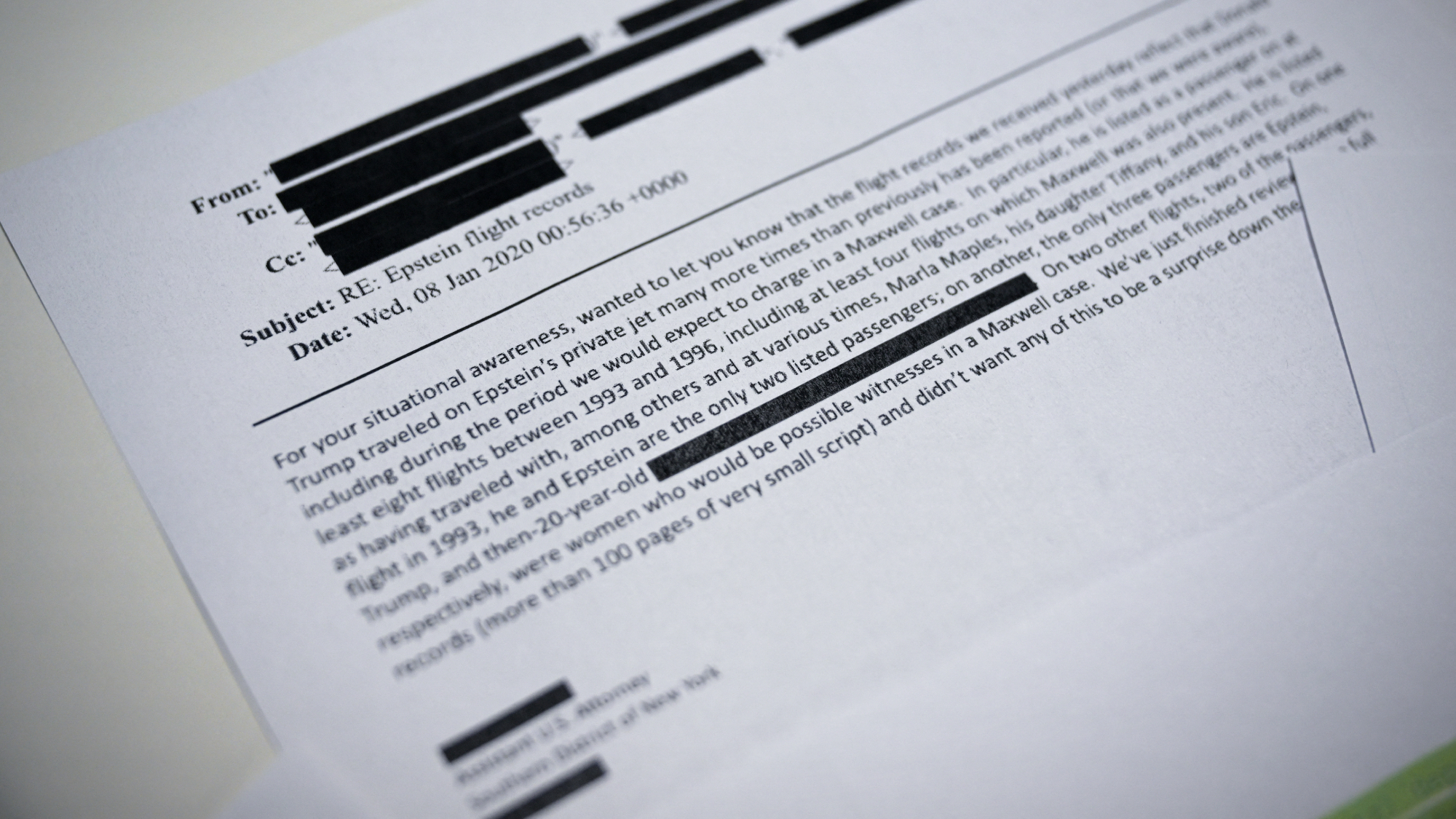Jon Stewart breezily truth-squads Russia and U.S. conservatives on Flight 17

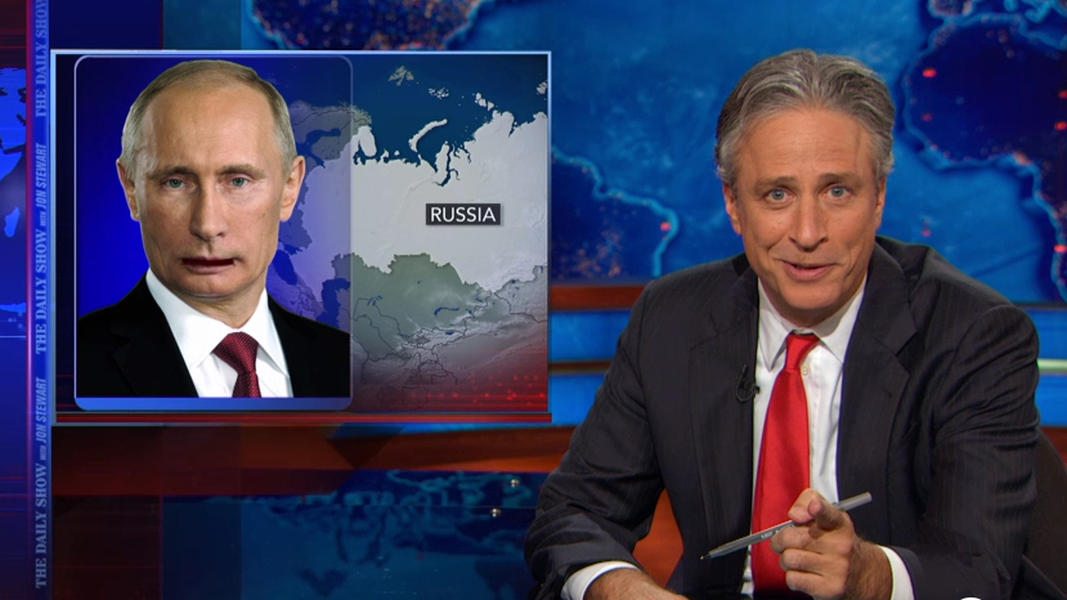
Jon Stewart started out Monday night's Daily Show with a brief ensemble interpretive enactment of why it's so hard to discuss Israel's most recent battle with Hamas — the bit involves a lot of shouting — but he spent most of the show talking about Malaysia Flight 17. And he began by pooh-poohing Russia's hand-washing of any responsibility for destroying the civilian flight, apparently shot down by confused pro-Moscow Ukrainian separatists using Russia-supplied missiles.
The stakes here are high, because whoever shot down the plane will face a stream of global anger, Stewart explained. "And right now it looks like it's Russia's fault — because it's Russia's fault." But Moscow is doing everything it can to evade blame, including re-editing Wikipedia pages on the crash and pushing stories like one flying around Russia's state-controlled media that Flight 17, which took off from Amsterdam, was filled with corpses and run on autopilot then crashed to make Russia look bad. Yes, Stewart deadpanned, "the country that gave us windmills, pot brownies, and a bed sheet oven powered by farts now gives us the unprovoked flying zombie plane — that's so like the Dutch."
After mocking Russia's reaction to the tragic incident, Stewart looked at how Republicans are talking about Flight 17. One main theme, he said, is that President Obama isn't reacting forcefully enough, and ought to act more like Ronald Reagan did when Soviet Russia shot down a Korean Air passenger jet in 1983. There's only one problem, Stewart said: Reagan's quick, vigorous "response to that catastrophe was so special, so remarkable, it was enough to make us forget what actually happened." And to show what actually happened back in the 1980s, he draws on the recollection of Fox News' Chris Wallace, and Reagan's own diary. --Peter Weber
The Week
Escape your echo chamber. Get the facts behind the news, plus analysis from multiple perspectives.

Sign up for The Week's Free Newsletters
From our morning news briefing to a weekly Good News Newsletter, get the best of The Week delivered directly to your inbox.
From our morning news briefing to a weekly Good News Newsletter, get the best of The Week delivered directly to your inbox.
A free daily email with the biggest news stories of the day – and the best features from TheWeek.com
Peter has worked as a news and culture writer and editor at The Week since the site's launch in 2008. He covers politics, world affairs, religion and cultural currents. His journalism career began as a copy editor at a financial newswire and has included editorial positions at The New York Times Magazine, Facts on File, and Oregon State University.
-
 Son arrested over killing of Rob and Michele Reiner
Son arrested over killing of Rob and Michele ReinerSpeed Read Nick, the 32-year-old son of Hollywood director Rob Reiner, has been booked for the murder of his parents
-
 Rob Reiner, wife dead in ‘apparent homicide’
Rob Reiner, wife dead in ‘apparent homicide’speed read The Reiners, found in their Los Angeles home, ‘had injuries consistent with being stabbed’
-
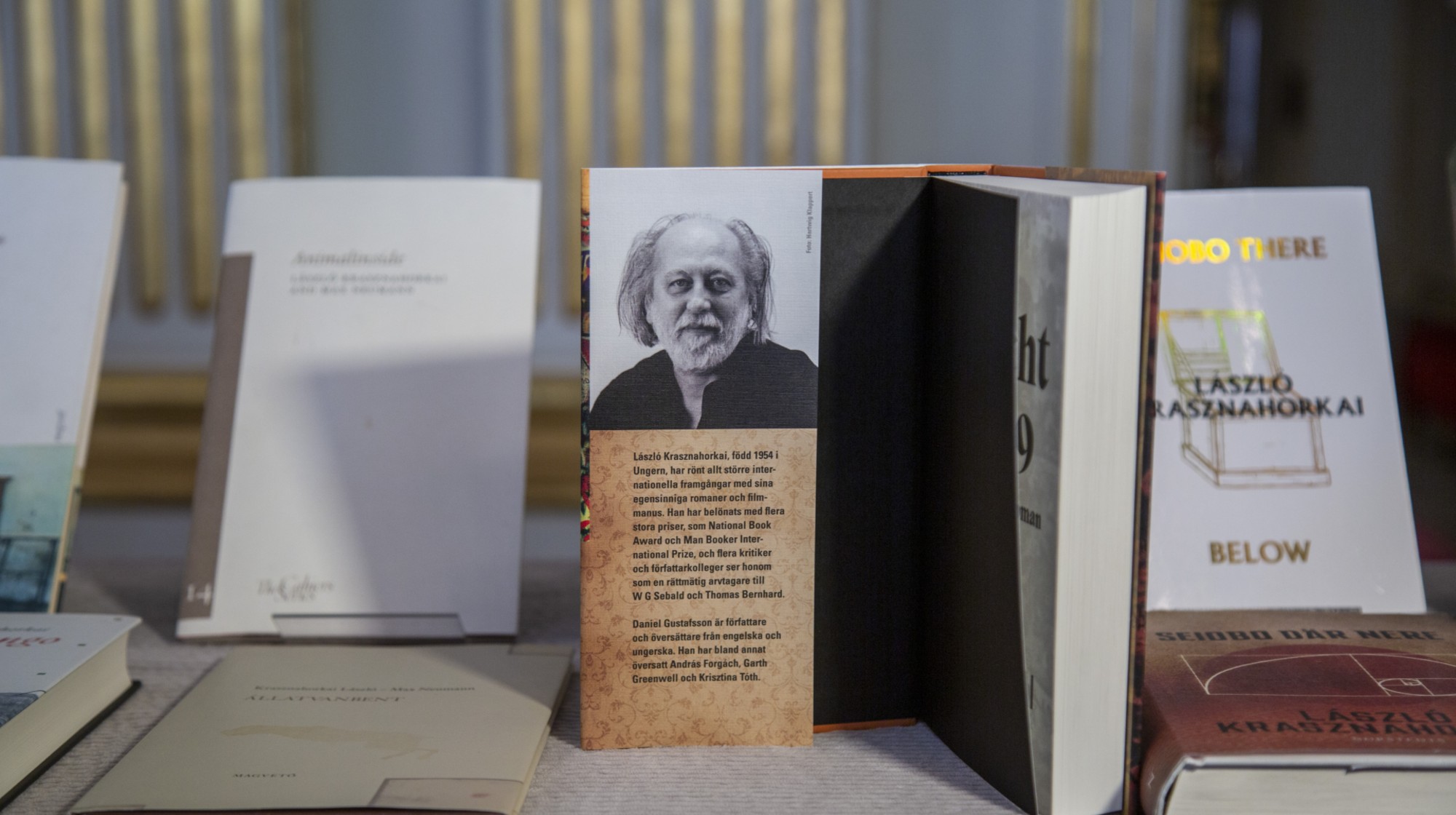 Hungary’s Krasznahorkai wins Nobel for literature
Hungary’s Krasznahorkai wins Nobel for literatureSpeed Read László Krasznahorkai is the author of acclaimed novels like ‘The Melancholy of Resistance’ and ‘Satantango’
-
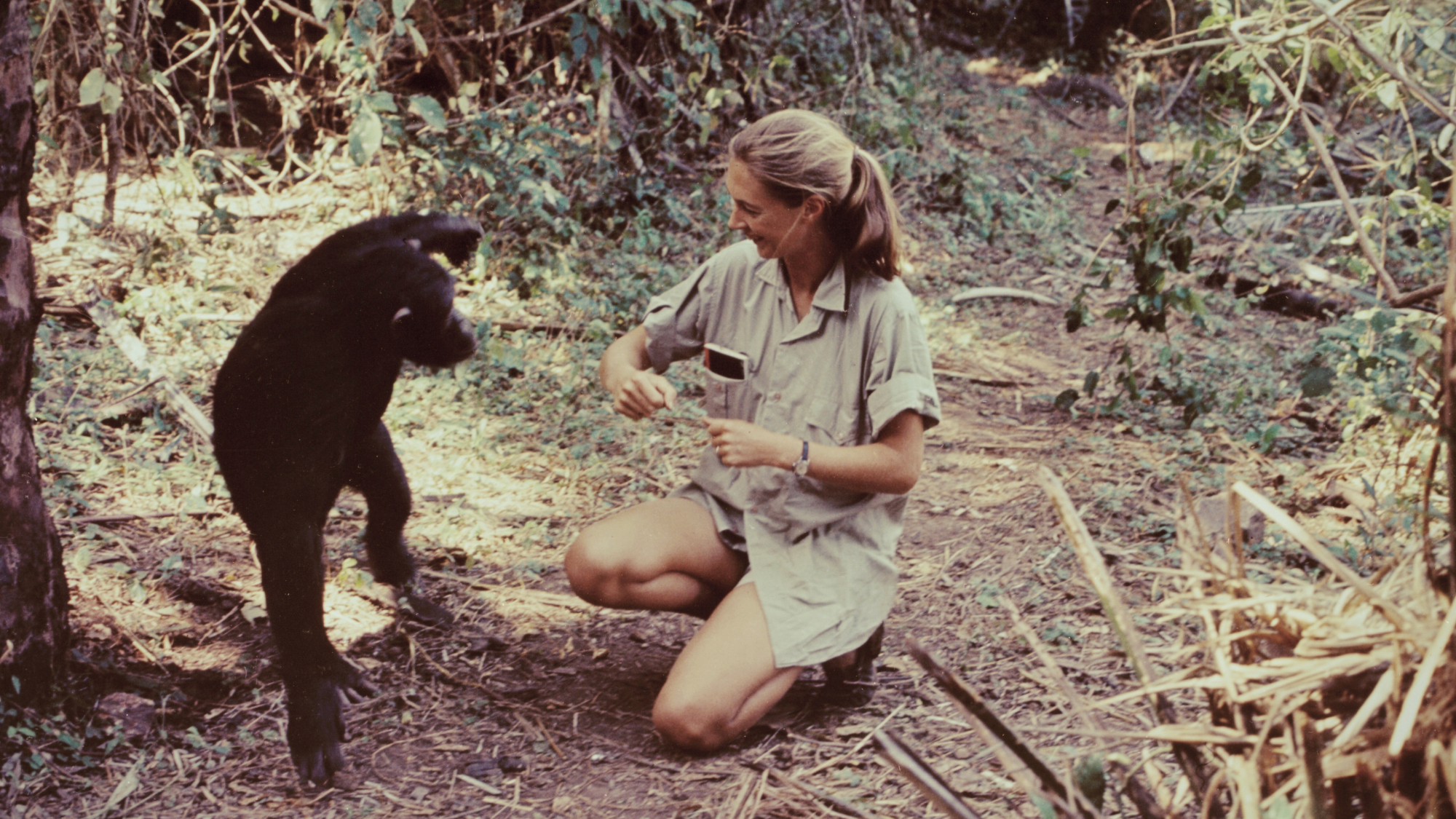 Primatologist Jane Goodall dies at 91
Primatologist Jane Goodall dies at 91Speed Read She rose to fame following her groundbreaking field research with chimpanzees
-
 Florida erases rainbow crosswalk at Pulse nightclub
Florida erases rainbow crosswalk at Pulse nightclubSpeed Read The colorful crosswalk was outside the former LGBTQ nightclub where 49 people were killed in a 2016 shooting
-
 Trump says Smithsonian too focused on slavery's ills
Trump says Smithsonian too focused on slavery's illsSpeed Read The president would prefer the museum to highlight 'success,' 'brightness' and 'the future'
-
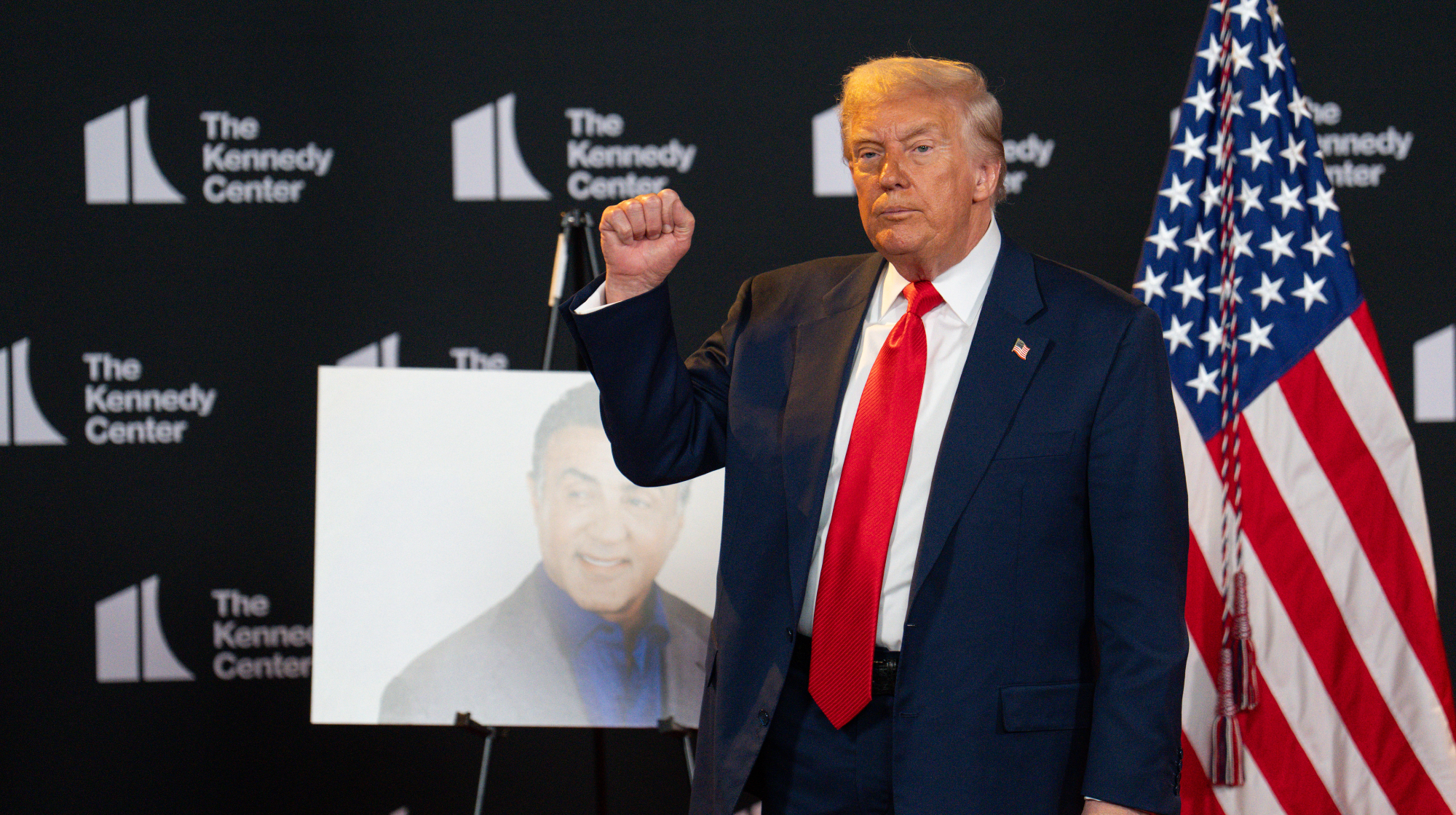 Trump to host Kennedy Honors for Kiss, Stallone
Trump to host Kennedy Honors for Kiss, StalloneSpeed Read Actor Sylvester Stallone and the glam-rock band Kiss were among those named as this year's inductees
-
 White House seeks to bend Smithsonian to Trump's view
White House seeks to bend Smithsonian to Trump's viewSpeed Read The Smithsonian Institution's 21 museums are under review to ensure their content aligns with the president's interpretation of American history


